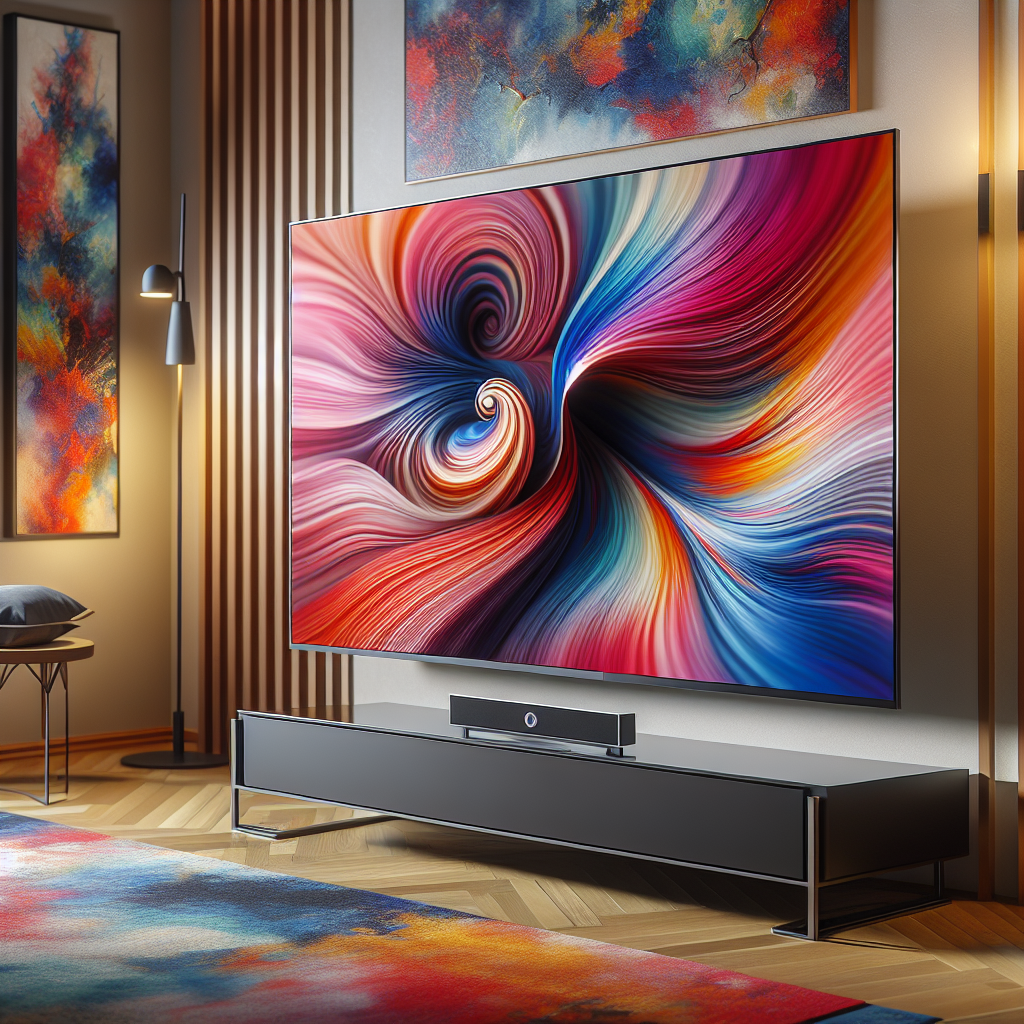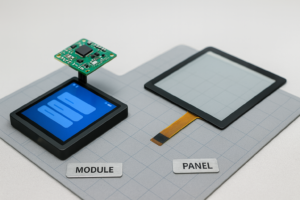Are you preparing to buy a monitor and looking for a monitor comparison to simplify your choice? With a plethora of options available—TFT LCD, OLED, and LED—are you feeling overwhelmed? Do these abbreviations seem complex, making it hard for you to decide?
Table of Contents
- Fundamental Differences Between TFT LCD, OLED, and LED
- TFT LCD
- OLED
- LED
- Pros and Cons of TFT LCD, OLED, and LED
- Comparison Between TFT LCD and OLED
- Cost Comparison: Which Technology Offers the Best Value?
- Image Quality and Performance Under Different Lighting Conditions
- Advantages of TFT LCD Over OLED
- Comparison Between TFT LCD and OLED
- Comparison Between TFT LCD and LED
- Which Display Technology is Best for Your Specific Needs?
Use this simple guide to help you identify the type of screen you need. You won’t have to stand in front of the TV display case anymore. Explore the differences between TFT LCD, OLED, and LED.
Fundamental Differences Between TFT LCD, OLED, and LED
Looking for a device that best meets your needs? First, understand the differences between TFT LCD and OLED, as well as between TFT LCD and LED.
Our catalog includes thousands of products. Discover our wide range of offerings, including LCD-TFT, OLED graphic and alphanumeric displays, LCMs, electronic paper displays, barcode scanners (embedded, handheld, fixed), industrial displays, industrial computers (carrier boards, COMs, and SOMs, embedded systems, HMI tablet PCs, SBCs), capacitive and resistive touch screens, and accessories.
TFT LCD
TFT LCD uses a thin-film transistor matrix to control each pixel. Its small size and energy-efficient characteristics attract many viewers. However, the color saturation of TFT LCD is not always satisfactory (the colors may not be vibrant enough). Other advantages of TFT LCD compared to OLED include reliability and durability.
OLED
On the other hand, OLED represents a significant advancement. Each pixel emits its own light, eliminating the need for a backlight. Viewers can enjoy deep blacks and superior color contrast. The technology is flexible, with curved screens providing wide viewing angles.
However, OLED displays are expensive, bulky, and susceptible to impact. The most common defect is pixel burn-in, which leads to dead pixels due to diode failure.
LED
LED displays use light-emitting diodes to emit images. These diodes consist of semiconductor chips with plastic structures. They light up when current flows through them.
LED displays are a very economical solution because they consume very little power. Additionally, they offer excellent visual impact and high brightness outdoors. Therefore, they are commonly used for billboards, warning systems, store signage, and other devices that need to be illuminated for long periods.

Pros and Cons of TFT LCD, OLED, and LED
In the comparison between TFT LCD and OLED, which monitor comes out on top? The main advantage of TFT LCD monitors is undoubtedly their price. These devices are cheaper than OLED. Furthermore, these models are known for their durability.
Comparison Between TFT LCD and OLED
However, it’s important to note that the picture quality of TFT LCD is poorer in terms of black tones and color gamut. OLED can present vibrant images and a wide color gamut, making it ideal for users seeking an exceptional experience.
Cost Comparison: Which Technology Offers the Best Value?
One of the advantages of LCD TFT over OLED is its economical price. OLED displays require a larger investment. The cost difference between TFT LCD and OLED makes it an ideal monitor for budget-conscious consumers. LED displays strike a balance between price and durability.
Image Quality and Performance Under Different Lighting Conditions
Watching a movie in a basement home theater is different from watching one in a bright living room. Understand the differences between TFT LCD and OLED.
Advantages of TFT LCD Over OLED
TFT LCD performs well in sunlight, but in dark environments, black tones can appear somewhat gray. This isn’t a major issue, but if you are a movie enthusiast, TFT LCD may not be your first choice.
Comparison Between TFT LCD and OLED
OLED has an incredible advantage in dark environments: its contrast is breathtaking. However, be aware that in bright places, they may lose some of their magic and not shine as brightly as their competitors.
Comparison Between TFT LCD and LED
What is the difference between TFT LCD and LED? TFT LCD displays offer good viewing angles and consistent color quality, whereas LED displays stand out for their higher brightness and efficiency.
Which Display Technology is Best for Your Specific Needs?
If you are a movie lover, for the best picture quality, an OLED screen is a great choice. This screen has extremely high contrast, making every scene feel like it’s straight out of a cinema.
If you are looking for a suitable screen, a TFT LCD screen is your ideal option. This device offers excellent picture quality at an affordable price.
Think about what matters most to you and choose the right monitor. We hope our comparison of TFT LCD andOLED will be helpful to you
.png)



